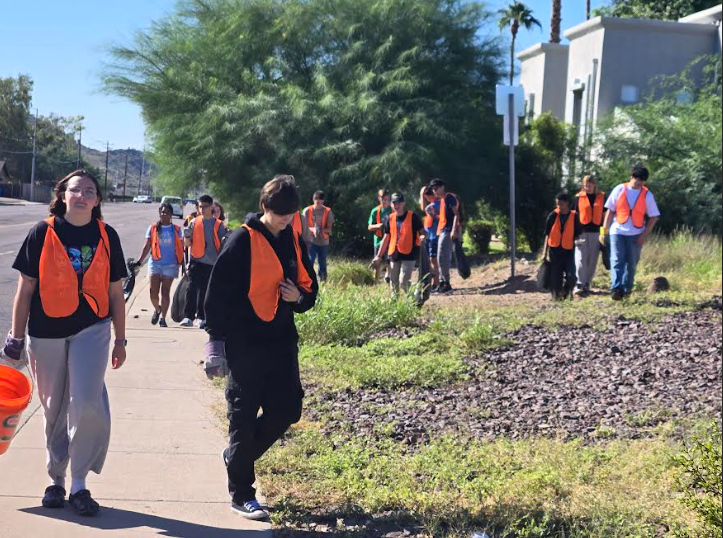A Briefed Epidemic: The Insight on Slave Trade in School Curriculum
February is Black History Month, a time for African Americans to revel in their history, remembering the good times and bad. Along with this, schools tend to add their share by mentioning Martin Luther King or glazing over a brief portion of black history which seemingly always includes slavery and the transportation of slaves during the period. Today, we will dive deeper into how the process of slave trade was conducted and reveal its hidden truth.
March 3, 2023
The transportation of slaves was a long and gruesome process lasting for over 400 years. From the inhumane living conditions to the appalling quantity of deaths, the slave trade process was disgusting. This resulted in over 12.5 million African descendants being forced into slavery; displacing and ripping future generations from their roots.
Within high schools, most people learn that many Africans were faced with unlivable conditions regarding the slave ships, but do they know what the conditions truly contained? African people were stolen from their country, packed row by row, column by column, onto these vessels and; unfortunately, this was not the entirety. They were loaded tightly with little to no air, on top of one another, similar to packs of meat in a grocery store.
Because they were in such close proximity, diseases spread rapidly. According to the Virginia Humanities Encyclopedia, “the most common diseases were dysentery and smallpox”. Dysentery is an intestinal infection causing severe diarrhea containing blood and mucus, painful stomach cramps, and vomiting at high temperatures. Smallpox is an infection causing flu-like symptoms and an incurable rash. Both diseases are highly contagious and with the little to no sanitation within the boats, they were extremely prevalent and fatal.
Another common cause of death was suicide. Africans would jump off the boat claiming that they would “rather die than become a slave”. Unfortunately, this was not all; Africans were routinely whipped and thumb-screwed, which is a form of torture. This was meant to serve as punishment, establishing an “air of discipline” in order to prevent revolts. All of these attributes caused more than 1.8 million Africans to lose their lives.
The history regarding slave ships is condensed within the school curriculum. High school students typically learn that the slave ship process was long and gruesome but the true conditions and their severity lack context. A solution would be to embed black history naturally into the curriculum, allowing topics such as these to be fully expanded on and understood. This would mean removing the month of February’s restrictions and allowing for a more cohesive learning process. This, in relation to Black History Month, would relieve the stress and negativity regarding its limitations.
Black history is American history, it should not be ignored or condensed to fit a constrictive and condemning agenda. The black population faced severely abhorrent conditions that are merely glazed over within today’s history books. In addition, they are only acknowledged and expected to be content and applicable in the month of February. To fit the appreciation of one’s history into one month is preposterous and it controls blackness by limiting the joy, celebrations, and relevancy of being a black person within American society. Unfortunately, race is and continues to be incorporated in all parts of American culture; from getting a job to buying a house, one’s status and ethnicity tends to determine their capability. Incorporating teaching about the lives of people of color would create a better future and allow American civilization to thrive by working together, rather than tearing others down. The country has become highly divided which is detrimental to human existence as a whole. One of the ways to change this lies within the classroom and through the inclusion of teachings regarding people of color, Americans can learn from their history, rather than repeat it.






































